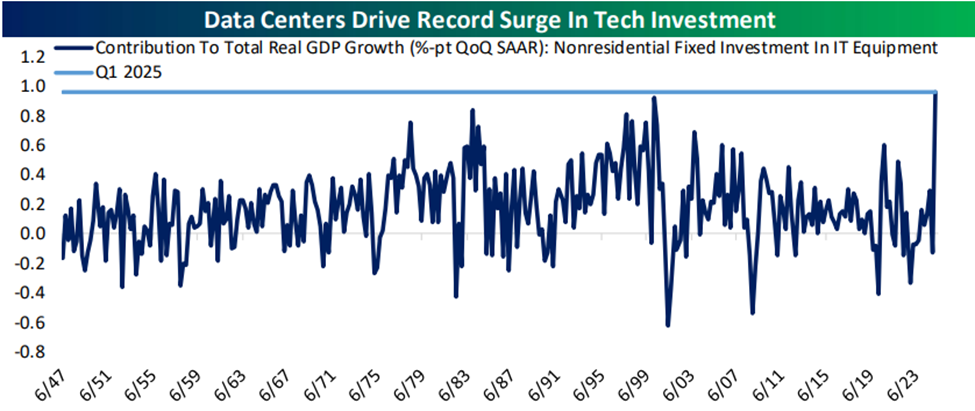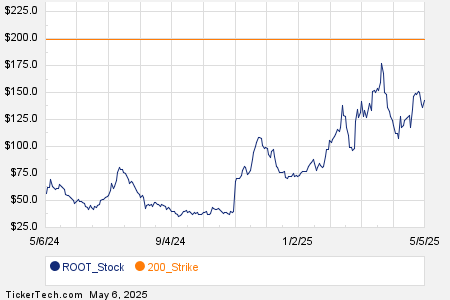Top Dow Stocks to Consider and Avoid This May
For the past 129 years, the iconic Dow Jones Industrial Average (DJINDICES: ^DJI) has been a key indicator of Wall Street’s health.
When the Dow was first introduced in the late 19th century, it consisted of twelve primarily industrial companies. Over the years, this index has evolved, now comprising 30 diverse, established multinational businesses that reflect the modern economy.
While the Dow has historically trended upward over the long term, not every component is a sound investment. As we enter the earnings season this May, two major Dow stocks present compelling opportunities, while another raises several concerns.

Image source: Getty Images.
Top Dow Stock to Buy: Visa
The first stock that stands out is Visa (NYSE: V), which is well-positioned for growth over the next five years.
Visa operates in a cyclical industry, and concerns about a potential slowdown in the U.S. economy arise. Recent data revealed a contraction of 0.3% in first-quarter GDP. When economic performance dips, consumer and business spending typically decreases, impacting Visa’s revenue from transaction fees.
However, economic cycles eventually recover. Historically, U.S. recessions have lasted about ten months, while economic expansions continue for approximately five years. As such, Visa stands to gain significantly during lengthy periods of growth.
In its fiscal second quarter ending March 31, Visa reported a 13% increase in cross-border payment volume. This consistent double-digit growth highlights the potential in emerging markets, which remain largely untapped.
Investor confidence in Visa is bolstered by its management’s strategy of avoiding lending and focusing solely on payment processing. This approach reduces the necessity for reserves to cover potential loan losses, allowing for quicker recovery from economic downturns.
Despite ongoing market corrections, Visa’s stock remains attractive with a forward price-to-earnings (P/E) ratio of roughly 27, which is about 6% below its average over the past five years.

Image source: Getty Images.
Another Worthwhile Investment: UnitedHealth Group
Another significant stock to contemplate is UnitedHealth Group (NYSE: UNH), a leader in health insurance and services.
On April 17, UnitedHealth experienced its worst single session ever, dropping 22%. This was due to a reduced profit forecast linked to unexpected increases in Medicare Advantage costs. Though stabilization may take several quarters, several underlying factors remain strong.
Health insurance is a stable industry, often offering predictable profits and modest growth. When unexpected challenges arise, insurers typically respond by increasing premiums to cover added costs. Historically, fluctuations in medical expenses have not significantly hindered profitability for health insurers.
The predictable nature of this industry allows UnitedHealth to accurately forecast expenses regardless of economic conditions.
A key component of UnitedHealth’s success is its Optum subsidiary, which offers services from pharmacy management to data analytics for healthcare providers. Optum consistently delivers higher operating margins compared to the insurance segment, and its sales are growing at an accelerated rate.
The recent decline in UnitedHealth’s stock has lowered its forward-year earnings multiple to just 13. This figure represents a 34% discount compared to its average forward P/E ratio over the last five years.
Stock to Avoid: Nvidia
Conversely, a stock to steer clear of this month is Nvidia (NASDAQ: NVDA), known for its dominance in the artificial intelligence (AI) sector.
Nvidia has gained popularity thanks to its Hopper (H100) graphics processing units (GPUs) and the upcoming Blackwell architecture, positioning the company as a leader in AI-enhanced technology…
# Nvidia Faces Challenges Amid Ongoing Demand for AI GPUs
Nvidia’s **hardware leads in compute potential**, particularly in the booming AI-GPU market. Recently, overwhelming demand has allowed the company to charge premium prices for its GPUs, boosting its gross margin to over 78% compared to one year ago. However, despite its solid position, Nvidia faces several significant challenges in the upcoming quarters and possibly years.
## Trade Restrictions with China
Trade tensions between the United States and China pose risks for Nvidia. Both the Biden and Trump administrations have imposed restrictions on exporting high-powered AI chips and related equipment to China. As the second-largest economy globally, China has been a substantial source of income for Nvidia, contributing billions in quarterly sales. This potential decline significantly threatens Nvidia’s revenue stream.
## Rising Competitive Pressures
Competition is intensifying in the GPU market. Not only are direct rivals launching more affordable alternatives, but several of Nvidia’s major customers are now developing their own GPUs and AI solutions for internal use. These alternatives are often cheaper and easier to obtain than Nvidia’s offerings. With Nvidia’s gross margin decreasing since the first quarter of last fiscal year, it appears the company’s pricing power is starting to diminish.
## Rapid Upgrade Cycle Concerns
Nvidia’s strategy includes launching new AI-GPUs annually. While this could keep their product lineup fresh, it may also lead to quicker depreciation of their products. This situation could frustrate clients who have already invested significantly in Nvidia’s hardware. As a result, companies might delay upgrading in the future, impacting sales.
## Potential for Market Correction
Historically, major technological innovations often lead to bubbles where growth expectations are overstated. Currently, many businesses lack clear strategies to fully leverage AI technologies. As a result, the market might face another bubble-bursting event. If this happens, Nvidia could be particularly vulnerable.
## Conclusion
In light of these challenges, investors should exercise caution when considering Nvidia’s future in the AI space. The combination of trade restrictions, competitive pressures, customer skepticism about rapid upgrades, and the historical potential for a market correction complicates an already promising landscape.
The views and opinions expressed herein are those of the author and do not necessarily reflect those of Nasdaq, Inc.


